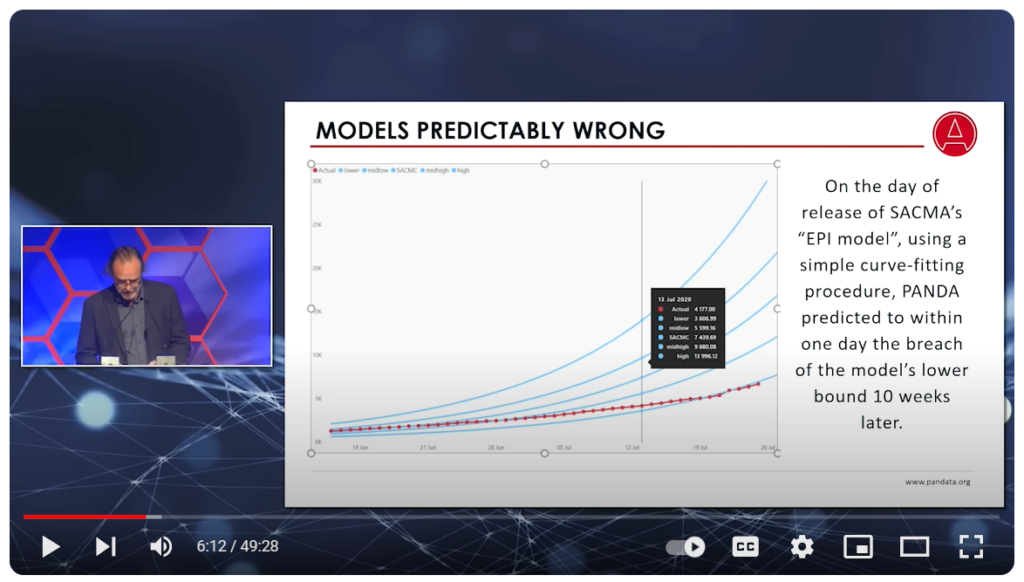Link: https://nymag.com/intelligencer/article/staged-car-crashes-insurance-fraud.html
Graphic:

Excerpt:
There’s a narrow path to such ostentation for the non-famous and non-college-interested who mock the idea of an actual job. Mize found his muse in the con and his ability to rope others into it. Here’s how they say it happened: He struck when you wanted cash. When totems of the middle class were slipping from reach. When you needed a down payment. To pay off credit cards. To start a business. When asking your parents for money made you feel like a failure. When you were suffocated by medical bills, neither earning enough to pay nor poor enough for government help.
Yet money alone doesn’t completely explain why the people closest to Mize entered the ring. Mize had a way of making himself your center of gravity, the one from whom you wanted approval, mentorship, love. Mize could be fun, even thrilling. But getting all that meant pleasing him. And pleasing him meant fraud.
Author(s): Lauren Smiley
Publication Date: 3 Oct 2022
Publication Site: NY Mag






